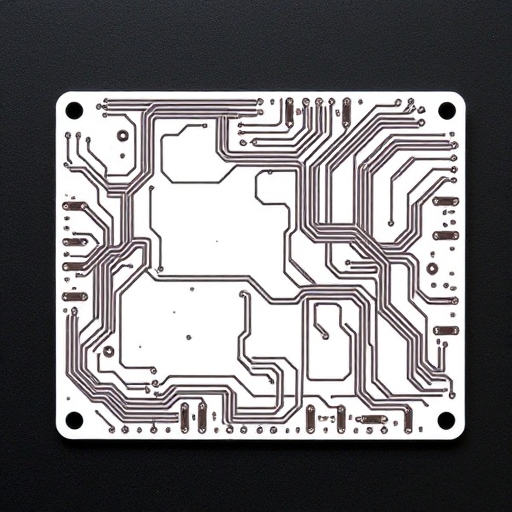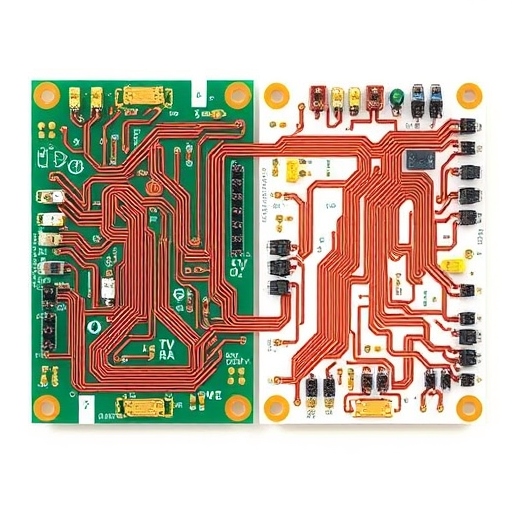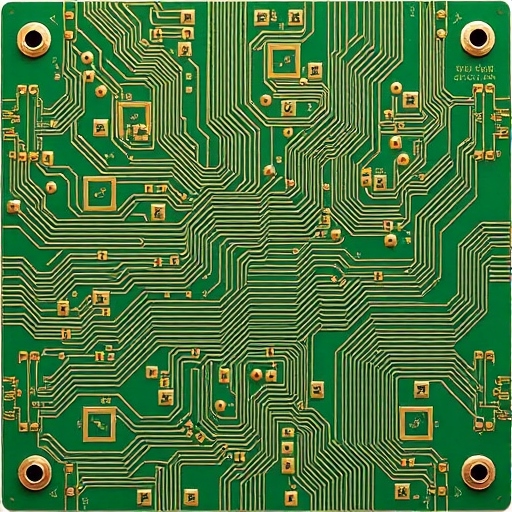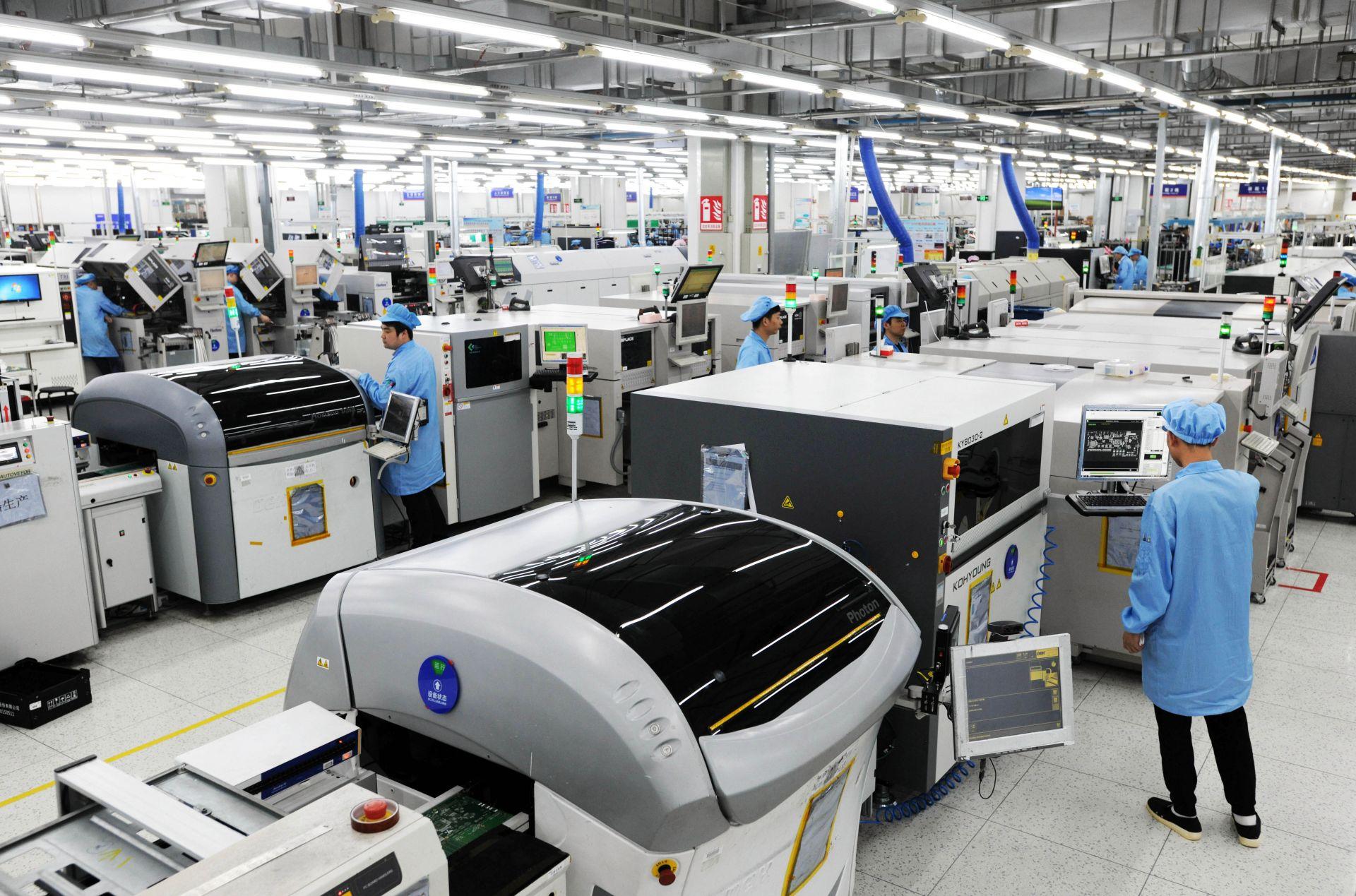What is a Printed Wiring Board? Types and Uses in Modern Electronics
Introduction: What is a Printed Wiring Board (PWB)?
A Printed Wiring Board (PWB), also known as a Printed Circuit Board (PCB), is a vital component in the modern world of electronics. It is used to mechanically support and electrically connect electronic components using conductive pathways, tracks, and pads. These pathways are typically made from copper, and the board is often composed of layers of material that provide structural support, insulation, and conductivity.
Printed wiring boards are used in almost every electronic device today, ranging from smartphones and computers to medical devices and automobiles. They allow for the integration of multiple components onto a single, compact substrate, making them a cornerstone of modern electronics.
In this article, we will explore the different types of printed wiring boards, their applications, and the benefits they offer. We’ll also dive into Wintech’s PCB assembly services, which provide tailored solutions for complex and high-precision PCBs.
Types of Printed Wiring Boards
Printed Wiring Boards (PWBs) come in various types, each designed for different applications, complexities, and performance requirements. Here are the most common types:
1. Single-Sided Printed Wiring Boards

Product Features:
- Design: Components are mounted only on one side of the board.
- Application: Suitable for low to medium complexity devices with fewer components.
- Cost-Effectiveness: These are the most affordable type of PCBs.
Single-sided printed wiring boards are the simplest and most common type. They feature a single layer of conductive material (usually copper) on one side, which connects all the components. Due to their simplicity, they are typically used in basic consumer electronics and devices where space and complexity aren’t major concerns.
2. Double-Sided Printed Wiring Boards

Product Features:
- Design: Components are mounted on both sides of the board.
- Application: Used in devices that require a higher density of components, such as power supplies, communications equipment, and more complex consumer electronics.
- Increased Capacity: Allows for more complex circuitry compared to single-sided boards.
Double-sided PWBs offer greater flexibility compared to single-sided boards. With components mounted on both sides, these boards can accommodate a higher component density. As a result, double-sided PWBs are often used in devices that need more advanced functionality but still maintain a relatively low cost.
3. Multi-Layer Printed Wiring Boards

Product Features:
- Design: Multiple layers of conductive material are sandwiched between insulating layers.
- Application: Used in high-performance applications where circuit complexity and signal integrity are essential, such as computers, servers, and telecommunications equipment.
- Advanced Functionality: Provides increased space for high-density components and better electrical performance.
Multi-layer PWBs consist of several layers of conductive traces (usually copper) and insulation material that are stacked and laminated together. These boards are ideal for complex circuits, such as those found in modern consumer electronics, medical devices, and automotive systems. They help reduce the size of the device by allowing more components to fit into a compact space.
4. Rigid Printed Wiring Boards
Product Features:
- Design: The board is made from rigid, inflexible materials like fiberglass or composite resin.
- Application: Common in most standard electronics, including smartphones, computers, and industrial equipment.
- Durability: Offers excellent mechanical support and robustness.
Rigid PWBs are the most commonly used type of printed circuit boards. Made from strong materials like fiberglass, these boards provide the necessary mechanical support to hold various components in place. They are used in a wide range of electronic devices, from household appliances to medical devices and consumer electronics.
5. Flexible Printed Wiring Boards
Product Features:
- Design: Made from flexible materials like polyimide, allowing the board to be bent or twisted.
- Application: Often used in compact devices where space is limited or where the board needs to flex, such as in wearables, medical devices, and flexible displays.
- Advantages: Space-saving and ideal for dynamic environments where movement is required.
Flexible PWBs are made from materials that can bend or fold without damaging the circuit. They are commonly used in devices that require flexibility, such as wearable technology, smartphone displays, and even automotive electronics. Their ability to conform to different shapes is an advantage in space-constrained designs.
6. Rigid-Flex Printed Wiring Boards
Product Features:
- Design: Combines both rigid and flexible board designs in one.
- Application: Typically found in devices where space and flexibility are critical, such as medical devices, aerospace, and military applications.
- Advantages: Offers the benefits of both rigid and flexible PCBs, allowing for complex designs in limited spaces.
Rigid-flex boards combine the characteristics of rigid and flexible PCBs. They are ideal for applications where both high durability and flexibility are needed. For example, they are often used in aerospace and military devices, as well as in medical devices where compactness and flexibility are essential.
Key Benefits of Printed Wiring Boards
Printed Wiring Boards offer a multitude of benefits in the field of electronics manufacturing. Here are some of the key advantages:
1. Compactness and Space Efficiency
- PWBs allow for the integration of multiple components into a single, compact board, which reduces the size of electronic devices. This is essential in applications where space is at a premium.
2. Enhanced Durability
- Printed wiring boards are designed to withstand environmental stressors such as temperature fluctuations, vibrations, and moisture. This makes them suitable for use in a wide range of industries, including automotive, military, and industrial equipment.
3. Cost-Effectiveness
- As technology advances, the cost of manufacturing PWBs has decreased. This makes them an affordable option for a wide range of electronic devices, including consumer electronics and industrial equipment.
4. Customization
- PWBs can be designed to meet specific functional and performance requirements, allowing for high levels of customization. Whether it’s for low-volume prototypes or large-scale production, PWBs offer flexibility in design.
5. Reliability and Consistency
- High-quality PWBs provide reliable performance over long periods, making them ideal for mission-critical applications where failure is not an option.
Printed Wiring Board Applications
Printed Wiring Boards are used in almost every electronic device today. Some of the most common applications include:
- Consumer Electronics: Smartphones, tablets, and laptops all rely on PWBs for their functionality.
- Automotive Electronics: PWBs are used in vehicle control systems, entertainment systems, and safety features like airbags and sensors.
- Medical Devices: Equipment like pacemakers, diagnostic machines, and monitoring devices often rely on PWBs for precise functionality.
- Industrial Equipment: Machines used in manufacturing, processing, and automation often contain PWBs for controlling various functions.
Printed Wiring Board Manufacturing Process
The manufacturing of Printed Wiring Boards involves several key steps:
- Design and Layout: The PCB design is created, specifying the layout of components and connections.
- Fabrication: The PCB is fabricated using a photolithographic process to transfer the design onto the copper-clad substrate.
- Component Placement and Soldering: Components are placed onto the PCB and soldered into place, either by hand or using automated machines.
- Testing: The completed board is thoroughly tested for functionality, reliability, and performance.
Wintech PCB Assembly Services

Wintech PCB Assembly provides tailored solutions for customers who require high-quality, high-precision, and complex PCBs. With a focus on military-grade and medical-grade quality standards, Wintech offers:
- Turnkey PCB solutions: From design and layout to assembly and final testing.
- Prototyping: Fast and efficient prototyping services for new designs.
- Low to Mid Volume Manufacturing: Flexible production capabilities for small and medium production runs.
- Mass Production: Scalable solutions for large-scale production.
Wintech’s reputation for quality and fast delivery (within 48 hours) makes them a trusted partner for top global enterprises across various industries.
Common FAQs About Printed Wiring Boards
1. What is the difference between a PCB and a PWB?
- A PCB (Printed Circuit Board) and PWB (Printed Wiring Board) are terms used interchangeably. Both refer to the same electronic component that connects and supports electronic components through conductive pathways.
2. What materials are used to make PWBs?
- PWBs are typically made from copper for the conductive layers, with insulation materials like fiberglass, epoxy, or polyimide for the base.
3. How are multi-layer PWBs manufactured?
- Multi-layer PWBs are created by stacking and laminating several layers of copper and insulating materials. The layers are then connected using vias to create complex circuits.
Final Toughts
Printed Wiring Boards (PWBs) are essential components in the world of electronics, offering numerous benefits such as compactness, durability, and customization. With various types to choose from—single-sided, double-sided, multi-layer, rigid, flexible, and rigid-flex—PWBs can be tailored to meet specific requirements across industries. As the demand for more advanced electronics continues to grow, PWBs will remain a critical part of innovation and technology development.
For businesses looking for high-quality, precise, and efficient PCB assembly services, Wintech PCB Assembly offers end-to-end solutions that ensure top-notch performance for a wide range of applications. Whether you need prototyping, low to mid-volume production, or mass manufacturing, Wintech is a trusted partner in the world of electronics.






